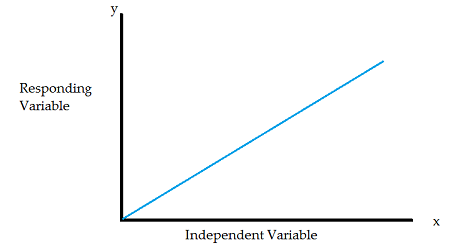What is a Responding Variable?
A responding variable is something that “responds” to changes you make in an experiment. It’s the effect or outcome in an experiment. The changes in an experiment are made to the independent variable (also called the manipulated variable); the responses that happen as a result of those deliberate changes are the responding variables. For example, let’s say you were investigating how light affects plant growth. The variable you change would be the amount of light. The responding variable would be the height of the plants. In other words, the plants are responding to changes in light that you, the researcher, make.
Responding variables can be measured (like height, weight or length) or they can be observed (like emotions, color or taste). You must be able to either observe or measure these changes in order to call a variable a responding variable, so that’s something to bear in mind when designing your project.
The responding variable is usually named in the title of the project or experiment. For example (the responding variable is bolded):
- Does fertilizer affect the height of plants?
- How does age relate to voting behavior?
- Does drinking caffeinated beverages affect mood?
- Does playing video games late at night affect how many hours you sleep?
Note: The term “responding variable” is an informal term, usually used in grade school for science fair projects. A more formal term for the same thing is the dependent variable, which is usually the preferred term in statistics classes.
Graphing Respondent Variables
When making a graph, independent variable (the variable you change) always goes on the x-axis and the responding variable (the variable that responds to the change) always goes on the y-axis.
